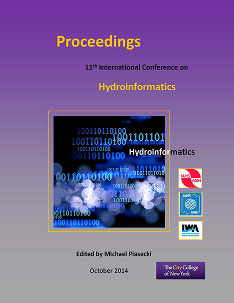Document Type
Presentation
Publication Date
8-1-2014
Abstract
Introduction Environmental models are often provided in the form of software solutions, with different levels of complexity. The simplest form is an executable file reading the model setup and boundary conditions from input files, doing the calculations and generating output files with model results. Preparing input files and reading output files requires to know and respect model specifics such as file formats and calling conventions. This "user-unfriendliness" may discourage the usage of models in this simplest form. However, these models may offer great opportunities since they are often freely available and contain the pure model "core" being fast in execution. This paper shows how specific requirements can be hidden from the user by "wrapping" the model software into packages for the software environment "R". Methods and Results Two very different models have been "wrapped": a groundwater drawdown and a sewer deterioration model. For each model an R package has been created, containing functions for writing input files, executing the model and reading output files. In one package, a function for reading model configurations from existing input files is also provided, thus allowing to manipulate existing model configurations and to rerun the model with the modified parameter set. By calling the functions in the R package repeatedly a sensitivity analysis identifying the most influential model parameters could be performed in an automated way. Conclusions Wrapping existing stand-alone model software into R packages provides the advantages of: - making models accessible from the R programming environment which is widely used in science, - using R's methods and data structures for data preparation and analysis, - facilitating multiple model runs (e.g. for calibration, sensitivity analysis), - using R's graphing capabilities to represent model results, - using R's documentation standard to document the model's usage, - facilitating the exchange of models between users.


Comments
Session R12, Coupling and Integration of Hydrologic Models II